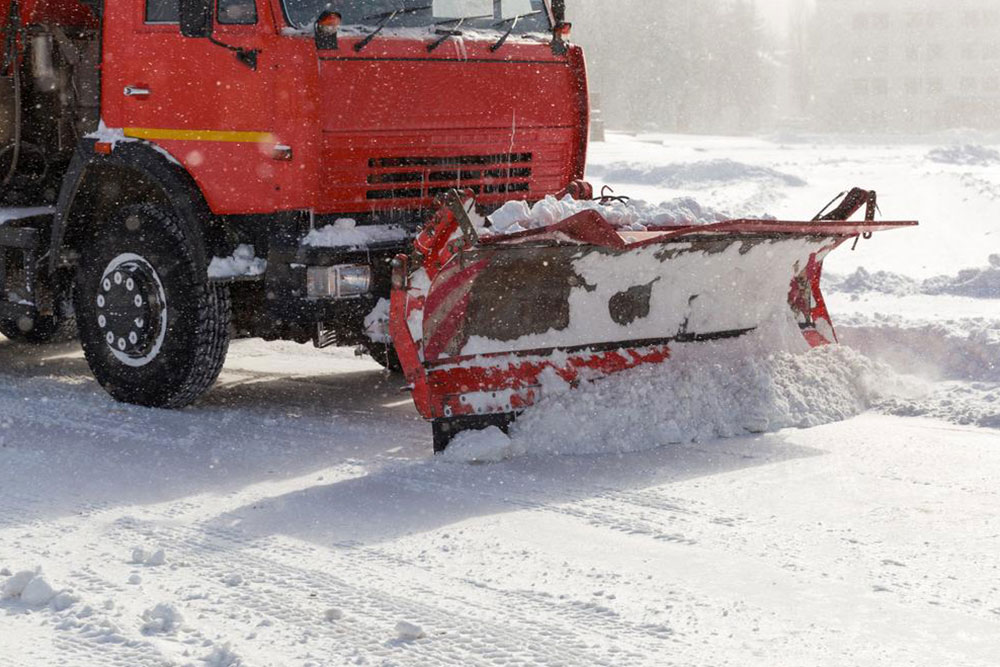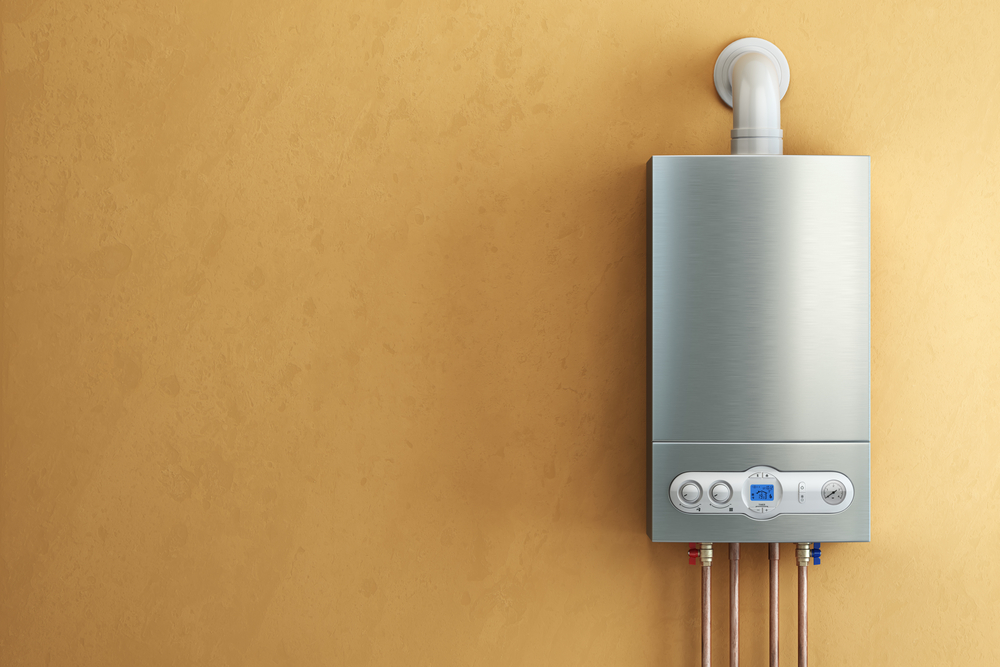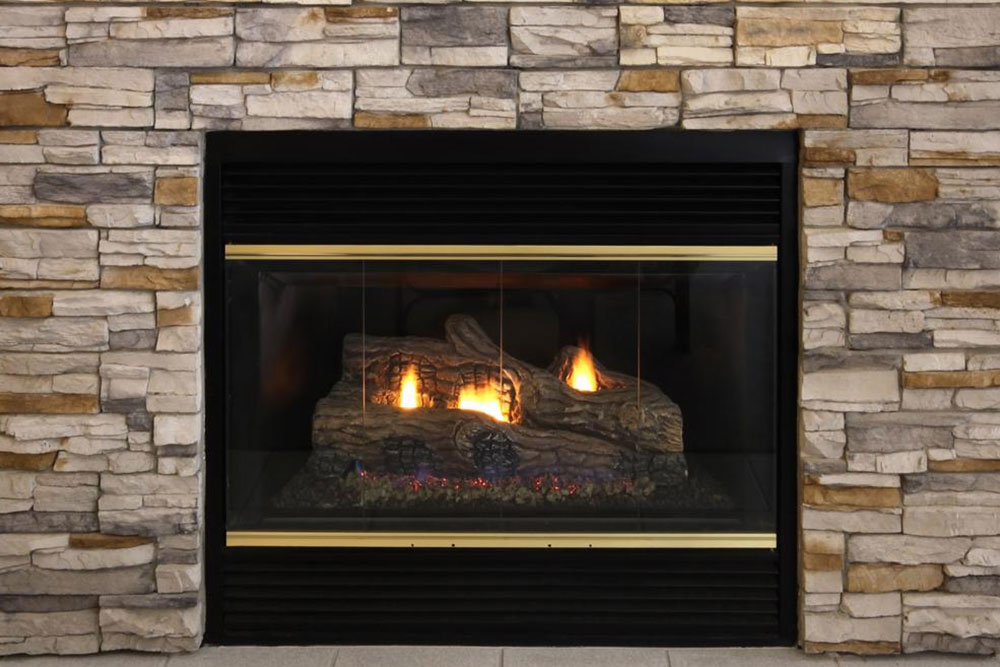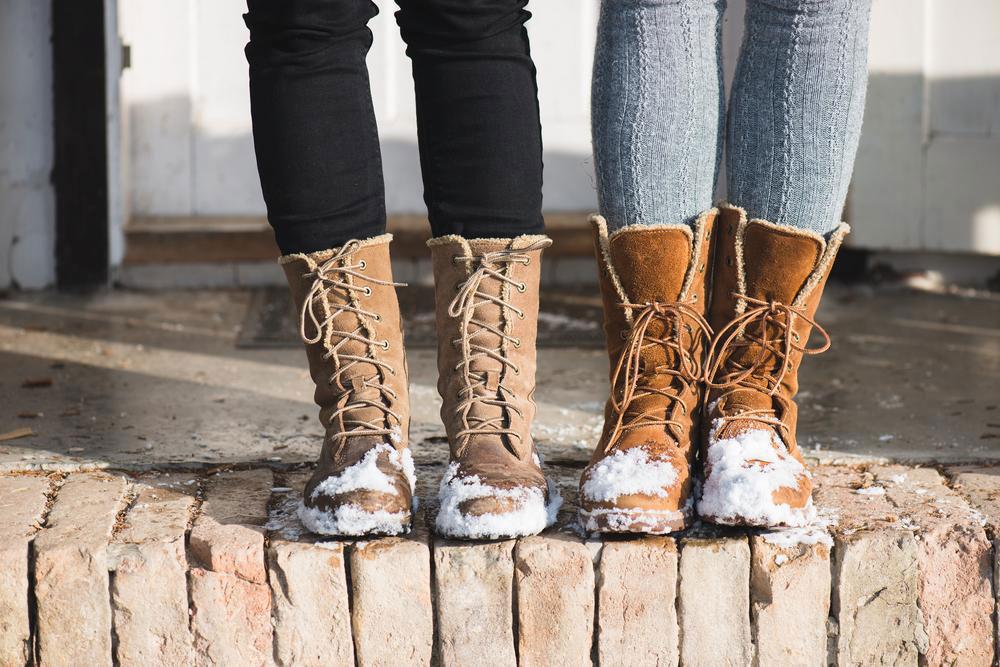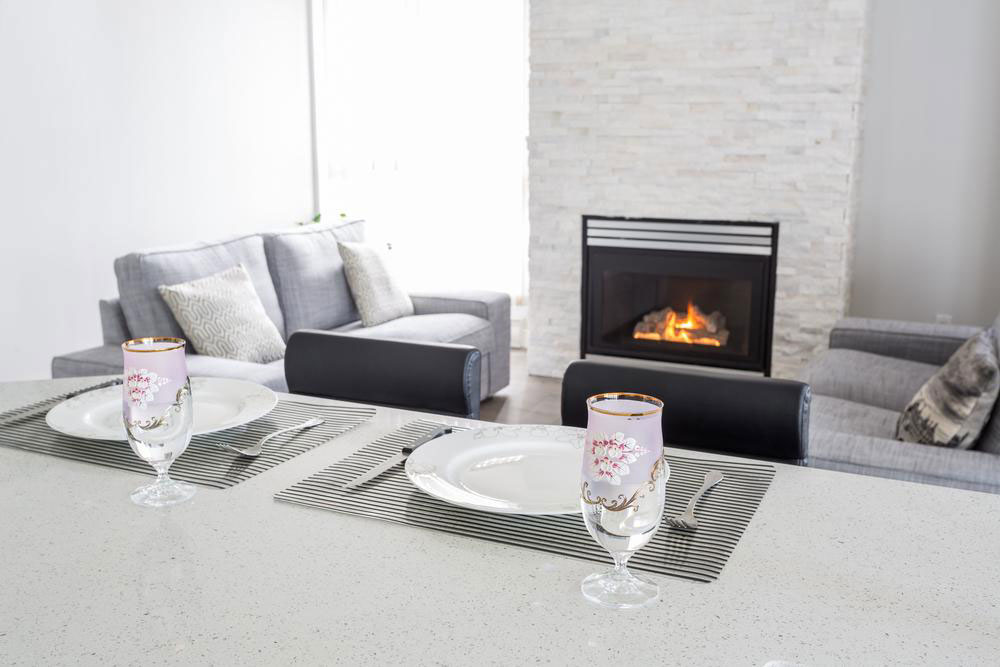Comprehensive Home Fireplace Safety Tips for a Warm and Secure Winter
Discover comprehensive safety tips for maintaining and operating your home fireplace safely during winter. Learn about proper installation, maintenance routines, handling ashes, and emergency preparedness to ensure a cozy and secure environment for your family year-round.
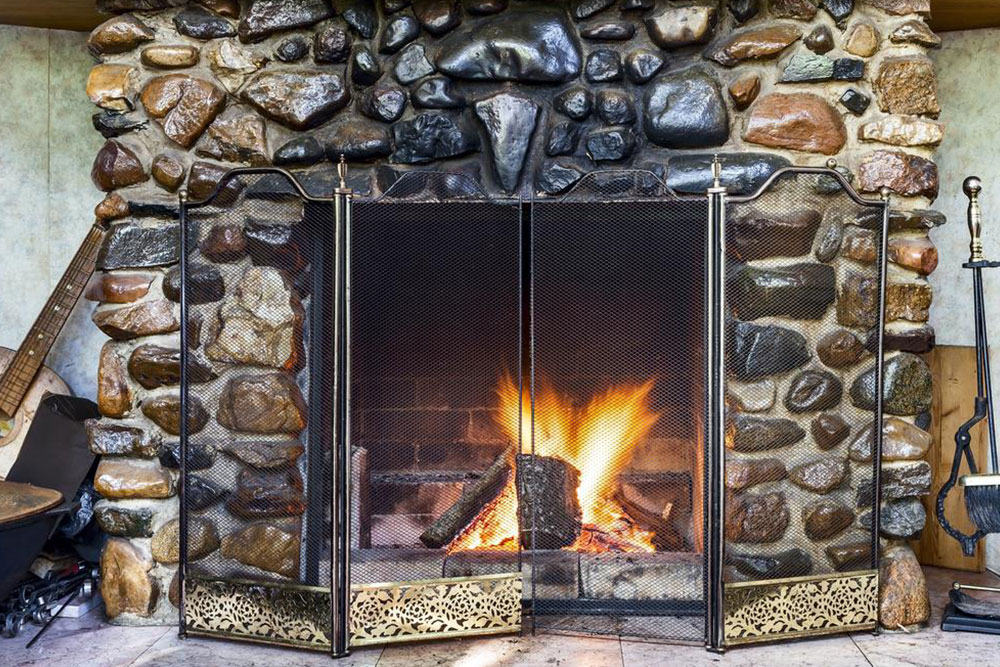
Comprehensive Home Fireplace Safety Tips for a Warm and Secure Winter
As the chilly months approach, many homeowners turn to their fireplaces to create a warm, inviting atmosphere while saving on heating costs. A well-maintained fireplace not only enhances the aesthetic appeal of your living space but also provides significant comfort during cold weather. However, while fireplaces can be a reliable source of heat, improper use or neglect can pose serious safety risks, including fires, carbon monoxide poisoning, and other hazards. Therefore, understanding and adhering to essential safety guidelines is crucial to ensure your fireplace remains a safe source of warmth throughout the winter season.
In this comprehensive guide, we'll explore the vital safety precautions, proper maintenance routines, and best practices for operating your fireplace efficiently and securely. Whether you own a traditional wood-burning hearth, a gas fireplace, or an electric model, these tips will help you prevent accidents, extend the lifespan of your fireplace, and enjoy the cozy ambiance without worry. Remember, safety begins with awareness and consistent adherence to safety protocols, making your winter months safer and more enjoyable for everyone in your home.
Understanding the Different Types of Fireplaces and Their Safety Requirements
Before diving into safety measures, it's essential to recognize the type of fireplace you have. Each has its unique safety considerations:
Wood-burning fireplaces: Require regular chimney cleaning, ash removal, and proper burning techniques.
Gas fireplaces: Need periodic inspection of gas lines and ensuring proper ventilation.
Electric fireplaces: Generally safer but still require proper installation and electrical safety checks.
Regular Maintenance and Inspection
Ensuring your fireplace functions safely starts with routine maintenance. Schedule annual inspections by qualified professionals to check for obstructions, creosote buildup, or damaged components. Clear out ashes after each use to prevent excess buildup that can impede airflow or cause accidental fires. For wood-burning units, have the chimney cleaned to prevent creosote accumulation, which is highly flammable. Proper maintenance not only prolongs the life of your fireplace but also reduces the risk of dangerous malfunctions.
Safe Handling and Storage of Ashes
The ashes generated from burning wood or other fuels must be handled with care. Always wait until ashes are completely cooled before removing them. Store ashes in a metal container with a tight-fitting lid and place it away from your home and any combustible materials. This simple safety step prevents accidental fires caused by residual heat or sparks, especially during winter when fires are used frequently.
Fireplace Installation and Use
Proper installation is critical to ensuring safety. Only hire licensed professionals for installation and repairs. Ensure that the fireplace has an adequate clearance from furniture, curtains, and other combustible objects. Use a sturdy fireplace screen to prevent embers and sparks from escaping, especially when children or pets are around. Never attempt to modify or bypass safety features, such as venting or damper mechanisms.
Preventing Fire Hazards
To minimize the risk of house fires:
Never use flammable liquids like gasoline or lighter fluid to start or accelerate fires.
Keep combustibles at a safe distance from the fireplace.
Ensure your smoke alarms and carbon monoxide detectors are installed and functioning properly.
Install a fire extinguisher nearby and know how to use it in case of emergency.
Proper Use During Cold Weather
When operating your fireplace, always follow the manufacturer's instructions. Start fires with dry, seasoned wood or approved artificial fuels. Avoid overloading your fireplace to prevent sparks or embers from escaping. Never leave a burning fire unattended, and ensure that the fire is completely extinguished before going to bed or leaving the house. Keep windows open slightly if you're using gas fireplaces to ensure adequate ventilation and prevent dangerous buildup of gases.
Additional Tips for Safe Operation
Keep children and pets at a safe distance from the fireplace at all times.
Use a fireproof hearth rug to protect the floor in front of the fireplace.
Protect chimney and vent systems from obstructions like nests or debris.
Install carbon monoxide detectors, especially if you use gas or wood-burning fireplaces.
Emergency Preparedness
Despite all precautions, emergencies can still occur. Prepare your family by practicing fire drills and having an emergency escape plan. Keep emergency contact numbers handy, including your local fire department and a trusted chimney sweep or repair service. Regularly review safety procedures with all household members to ensure everyone knows what to do in case of a fire or gas leak.
Conclusion
Enjoying the warmth and charm of your fireplace during winter is a cherished tradition, but it must be balanced with vigilant safety practices. Regular maintenance, proper handling of fuels and ashes, professional installation, and emergency preparedness are the cornerstones of safe fireplace use. By following these comprehensive safety guidelines, you can create a warm, cozy environment for your family while minimizing risks. Remember, safety always comes first—so stay vigilant and enjoy your fireplace confidently all winter long.
